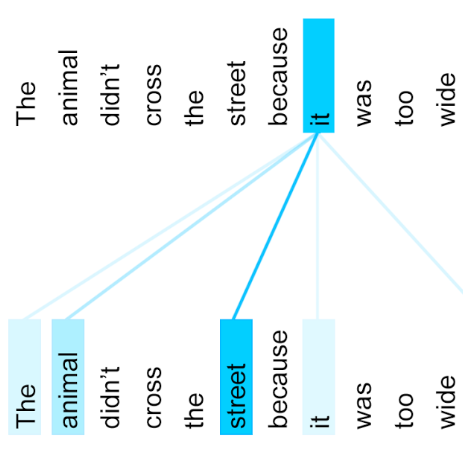Much attention has been paid to algorithms related to sentencing, the setting of bail, parole decisions and recidivism while less attention has been paid to carceral algorithms, those algorithms used to determine an incarcerated individual's lived experience. In this paper we study one such algorithm, the Pennsylvania Additive Classification Tool (PACT) that assigns custody levels to incarcerated individuals. We analyze the PACT in ways that criminal justice algorithms are often analyzed: namely, we train an accurate machine learning model for the PACT; we study its fairness across sex, age and race; and we determine which features are most important. In addition to these conventional computations, we propose and carry out some new ways to study such algorithms. Instead of focusing on the outcomes themselves, we propose shifting our attention to the variability in the outcomes, especially because many carceral algorithms are used repeatedly and there can be a propagation of uncertainty. By carrying out several simulations of assigning custody levels, we shine light on problematic aspects of tools like the PACT.
翻译:大量关注与判刑、保释设定、假释决定和累犯有关的算法,而较少关注行尸算法,这些算法用来确定被监禁者的生活经验。在本文中,我们研究了一种这种算法,即规定被监禁者监护权等级的宾夕法尼亚州Additive分类工具(PACT),我们用经常分析刑事司法算法的方式分析刑事司法算法:即我们为PACT培训一个准确的机器学习模型;我们研究其性别、年龄和种族的公平性;我们确定哪些特征最为重要。除了这些常规计算之外,我们提议并采用一些新的方法来研究这种算法。我们建议,我们不注重结果本身,而是将注意力转移到结果的变异性上,特别是因为许多行尸算法被反复使用,并且可以传播不确定性。我们通过进行若干次的模拟来分配拘留等级的模拟,我们光照了PACT等有问题的工具的方面。





